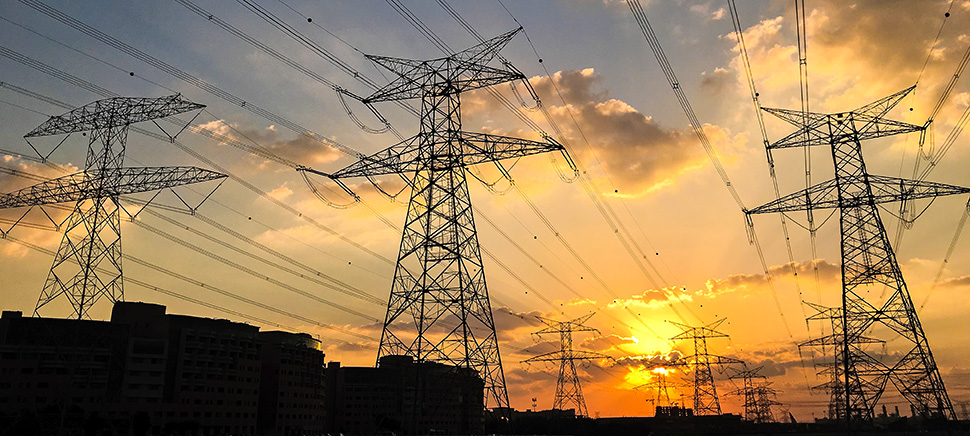SOLAR POND SYSTEMS USING BRINE COULD BE SOLUTION TO POWER NEEDS
The oil and gas industry doesn’t have to be at odds with renewable energy, in fact new technology could bind the two in a symbiotic relationship that turns wastewater into electricity.
Experts from universities and the energy sector explained the emerging opportunities recently at the SMU Geothermal Conference.
“Saturated brine is a working medium for capturing heat.”
-Rick Wynn Jr.
Rick Wynn Jr., CEO of the Deep River Group, said he’s been trying to perfect the use of solar pond systems using brine water, a waste product of the oil and gas industry, for several years.
“Saturated brine is a working medium for capturing heat,” Wynn said. “You can cover this for 30 days, it’s still got stored power.”
Then, imagine having 80 acres of these solar pond systems and running that heated water through a generator, making electricity. This could be the holy grail that the power industry needs.
“It’s green baseline power that’s predictable, scalable and lasts for decades,” Wynn said. “You’re using the same fluids that get us hydrocarbons and using them for base load power and load leveling. We get into gigawatts when you talk about this.”
BRINE COULD BE ALTERNATIVE TO TRADITIONAL ELECTRICITY SOURCES
In Texas’ standalone ERCOT market, base-load power mostly comes from coal and natural gas generation with peak power provided by quick-fire natural gas plants. Wind power is growing fast in Texas and, to a lesser extent, solar energy, too but they only work when the wind is blowing or the sun is shining.
The potential here is huge considering how many oil and gas wells there are in West Texas, all producing salty brine that’s typically dumped into injection wells.
Wynn, who calls himself a “solutionist,” has been working on a complete water system.
“All the operators are looking for solutions like this,” he said.
There’s a growing movement to recycle the water and Wynn, who calls himself a “solutionist,” has been working on a complete water system. From recycling the water to using the brine to generate power, his goal is to monetize it and make it profitable at every turn.
Will Gosnold, a geophysics professor from the University of North Dakota, takes a totally different approach to the same problem. In the last decade, the Bakken Shale boom transformed North Dakota into the second largest oil producer in the country behind Texas.
GEOTHERMAL SYSTEM COULD PRODUCE ELECTRICITY
Like West Texas, these wells produce a lot of water that comes out of the ground at high temperatures. Through a partnership with the U.S. Department of Energy, Continental Resources and Access Energy, he’s working on a geothermal system that captures that heat and uses it to produce electricity.
“They can see that they can suddenly generate a lot of power that will save a lot of money.”
– Will Gosnold
The goal is to produce electricity that the drillers and service companies can use on-site to run their equipment, including the pump jacks that bring the oil out of the ground.
Oftentimes, the equipment runs on propane or other fuels that have to be brought to remote sites that can’t connect to the electric grid. Or, if they do connect to the grid, they’re using electricity from a coal plant.
“They can see that they can suddenly generate a lot of power that will save a lot of money,” Gosnold said. “With the price of oil so low, this will help.”
He explained that Continental Resources potentially could shut off its cooling systems, saving them even more money.
NEW VENTURE FACES CHALLENGES
Like any new venture, there have been challenges along the way, including securing funding, adequate insurance against accidents, and mechanical failure.
“It seemed like we were swimming upstream and it didn’t look good at the other end, either,” Gosnold said, showing a photo of salmon swimming against the current only to find a bear at the top.
But just this week, Gosnold said the first prototype went online and generated 124 kilowatts of electricity.
Expect more innovation in this field in the future.
For a daily dose of what’s new and next in Dallas-Fort Worth innovation, subscribe to our Dallas Innovates e-newsletter.




























